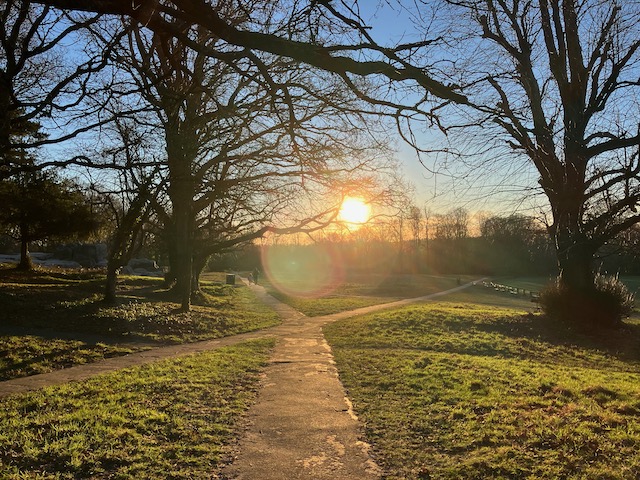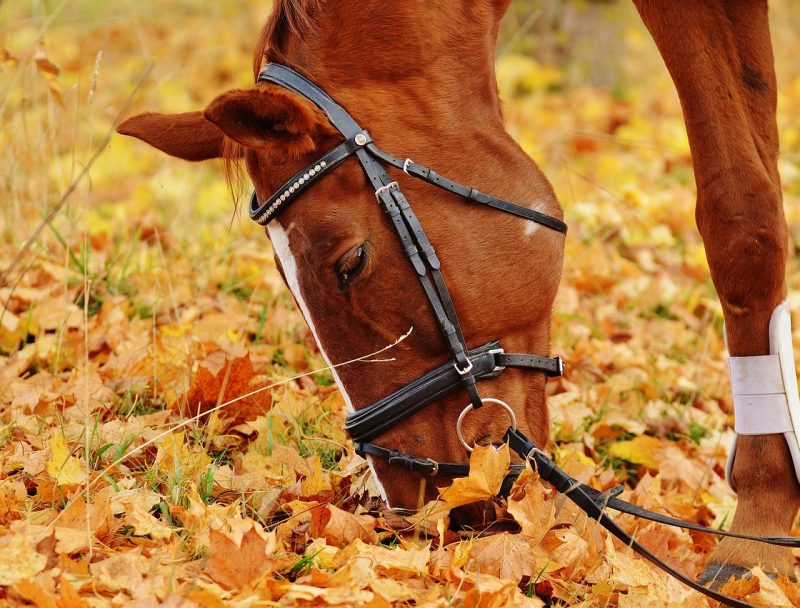
Ash dieback on the Commons
16th September 2022
Sadly the majority of our Ash trees on the Commons have now fallen victim to a terrible disease that has become commonly known as ‘Ash die-back’. The scientific name for the disease is Chalara fraxinea and it’s a chronic fungal disease of ash trees across Europe. It is easily spotted in infected trees by its leaf loss and crown dieback. Unfortunately, the decline in our trees this year has been severe and rapid which is possibly due to additional stress caused by this years drought.
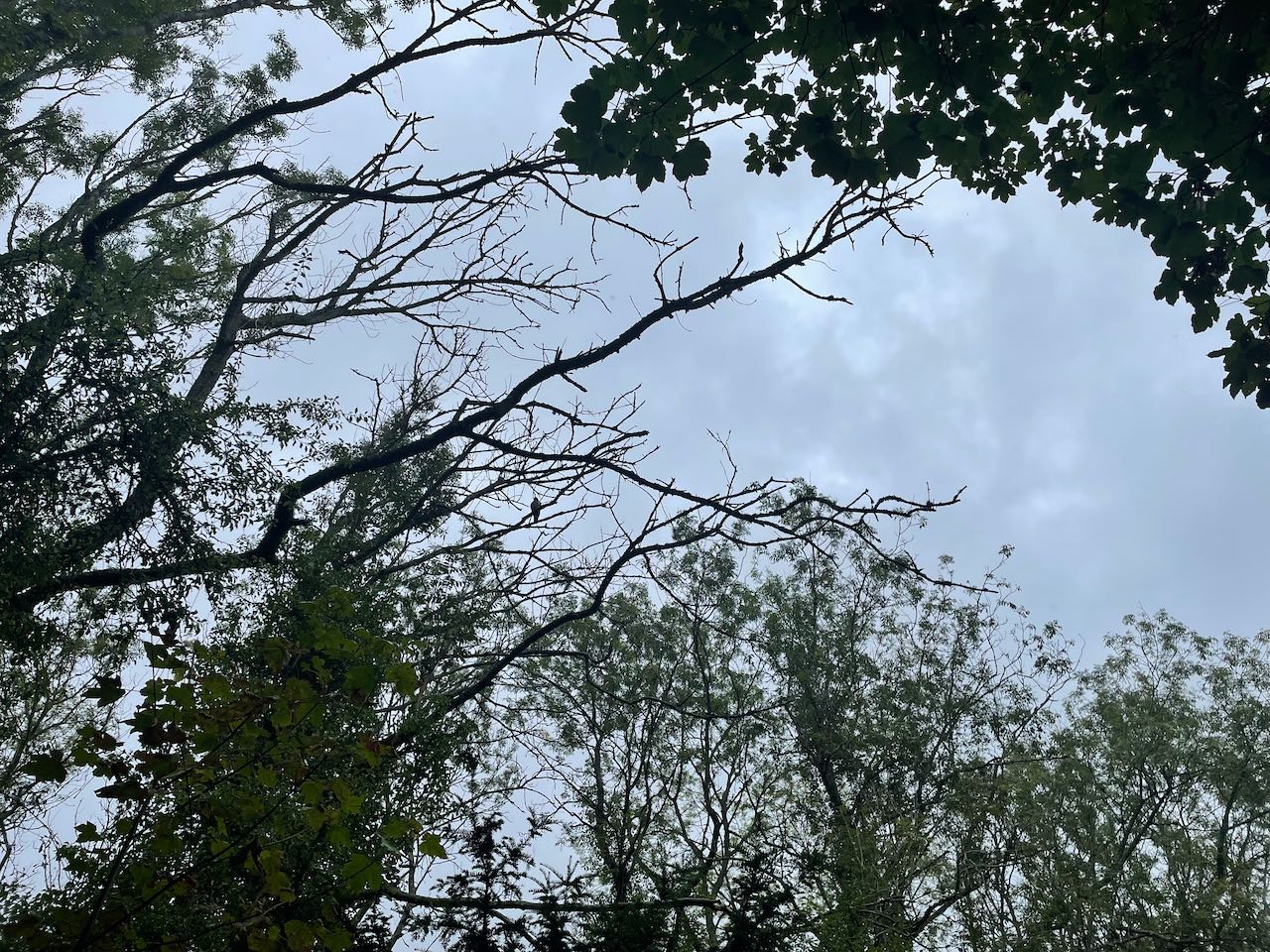
Evidence of leaf loss.
There is no cure for Ash die-back although some trees have shown resistance. It is very important that we don’t just remove all of our Ash trees without carefully monitoring them first. I have been surveying them throughout the summer and I am pleased to say that there are a few that are showing that they are perhaps resistant. If so I will look to collect seeds from them in order to replant as much as I possibly can with the help of our wonderful volunteers.
Unfortunately for safety reasons we have to remove any ash trees that could present a safety risk. The nature of the disease means that limbs can fall from infected trees and we must remove this risk over paths and roads.
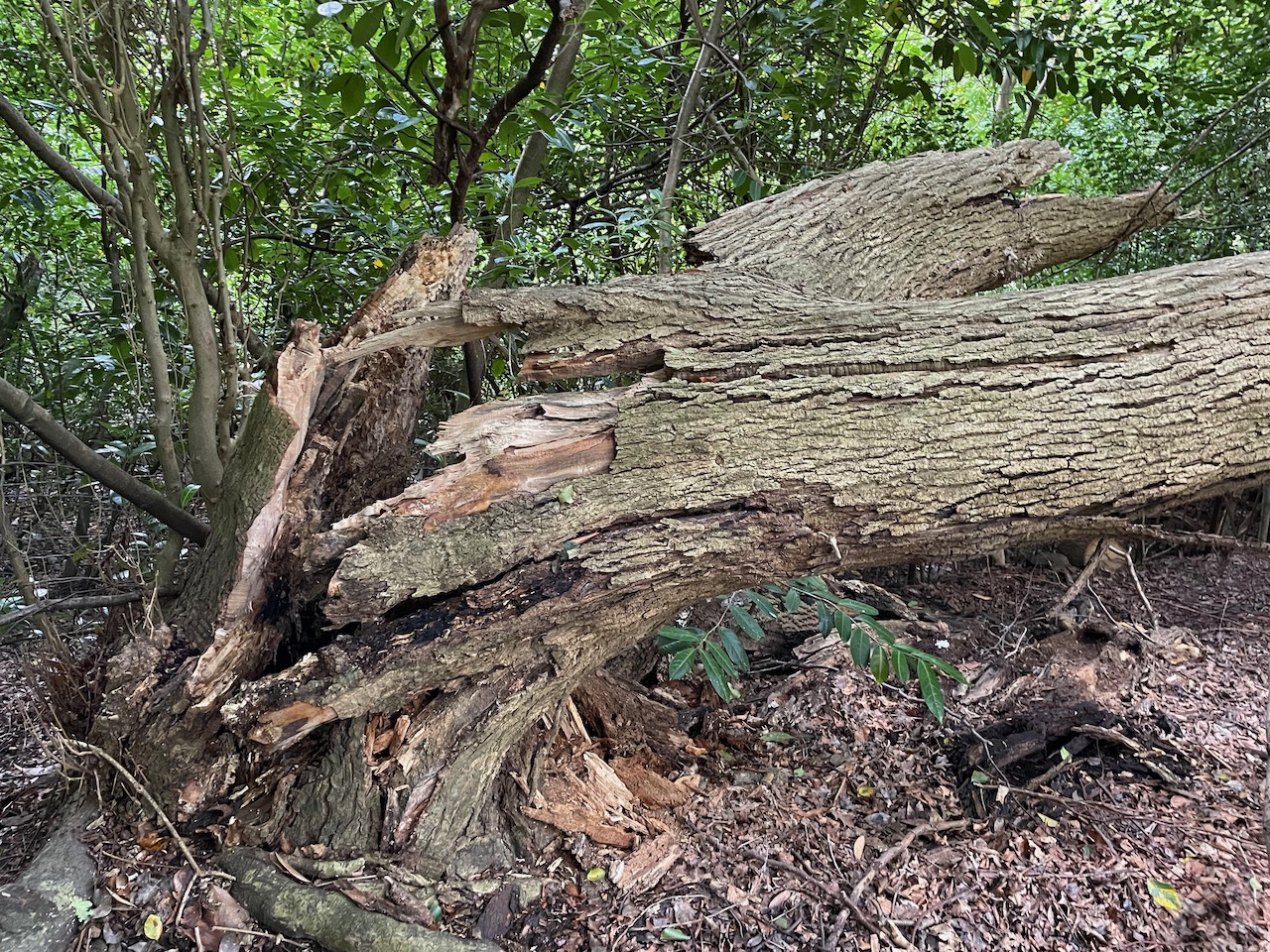
An ash tree at Happy Valley that was rotten and fell due to dieback.
Starting towards the end of September there will be tree surgeons working on trees along the Tarry Path in Rusthall and also on various Ash trees across the commons. Then during the autumn and winter there will be tree surgeons working along the Langton Road, Rusthall Road and along Tea Garden Lane.
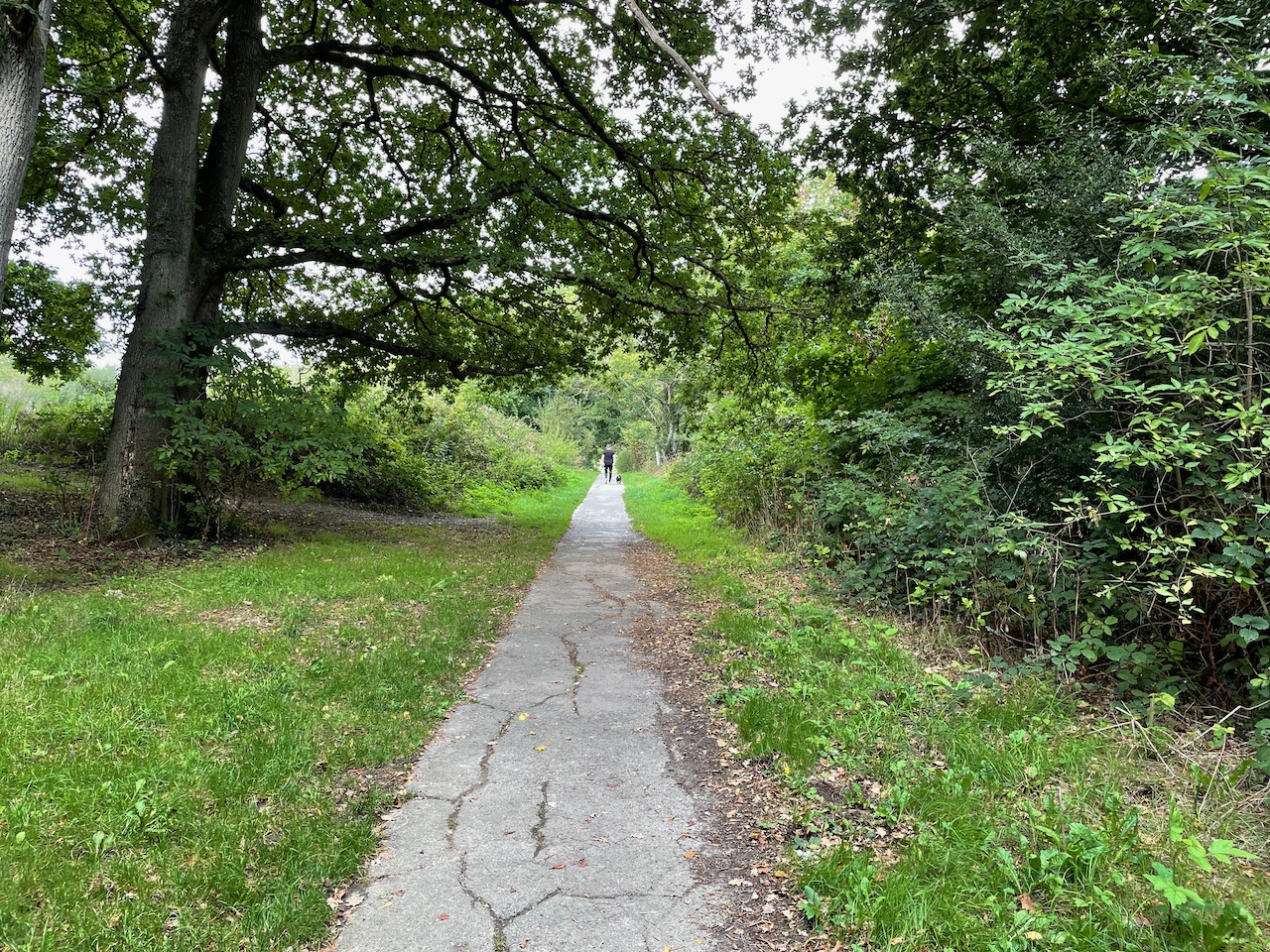
Tarry Path in Rusthall.
I must stress that it pains me very much to have to remove so many of these majestic trees from our landscape. I will not be removing any tree that does not need removing and will be looking to replace the trees where appropriate with other native trees and hopefully some resistant ash saplings in due course.
There will be many wood piles in the first instance and I will be looking to create many habitat stacks for insects, birds, frogs and toads etc. the additional light reaching the ground layer will also allow other species to grow with more vigour and so put out more fruits and blossoms. This will mean that we will see an increase in pollinators and birds in the coming years.
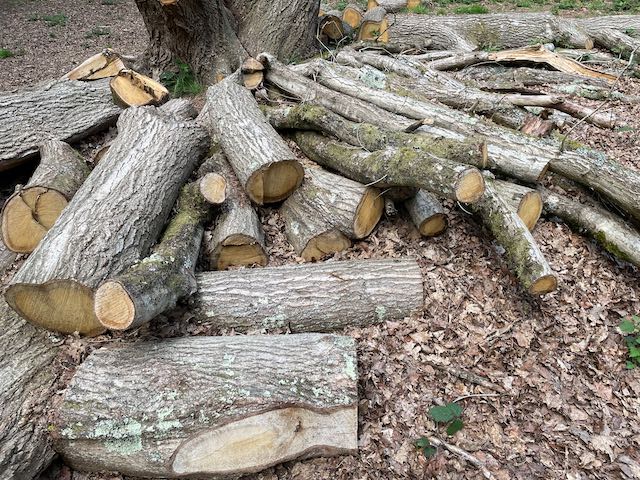
Habitat stacks.
I am looking for volunteers that might be interested in using apps to record the numbers of these species over time across the commons, so if this is of interest to you, then please do get in touch.
